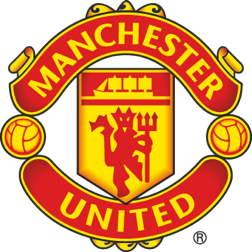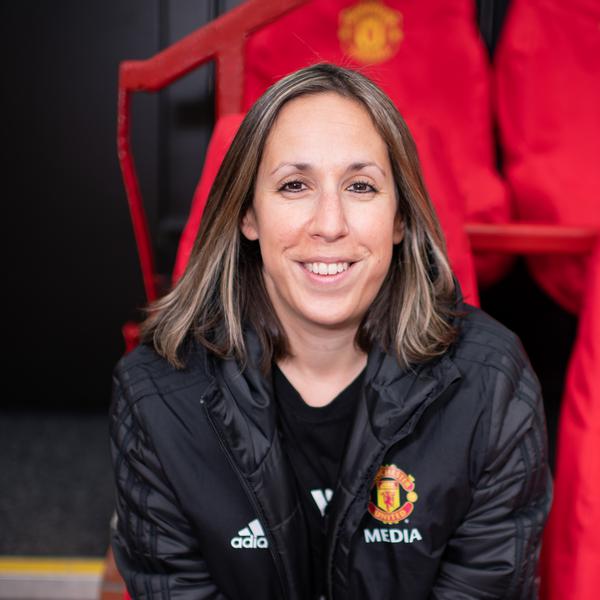Romero discusses United's formations
Sergio Romero says it’s no problem for the Manchester United players to adapt to different systems following recent switches between a back four and back three.
Ole Gunnar Solskjaer’s decision to field a back three against Liverpool last month worked a treat as the Reds kept the visitors’ threat to a minimum during the 1-1 draw, and we then started with Harry Maguire, Marcos Rojo and Phil Jones at the heart of the backline away at Partizan Belgrade before changing to a four in the second half.
The same alteration happened during Wednesday's superb Carabao Cup victory at Chelsea with Victor Lindelof, Maguire and Rojo setting up in a three, before Ole switched things around again late on.
Romero was in goal in Belgrade and at Stamford Bridge and says both systems allow the Reds to cause problems in different ways to the opposition.
“They are two quite different formations really,” he told us. “When you play with a four, you know that one of the two full-backs will get forward while the other tries to sit a little more.
Highlights: Chelsea 1 United 2
Relive the best action from our 2019/20 Carabao Cup win at Chelsea, including that amazing Marcus Rashford free-kick…
"But I reckon that when we play with three at the back, our team is much more stable and solid. That's down to the fact that we are playing with three central defenders who are not going to get forward and join the attack too much, but who do have the necessary ability to be able get forward if needed.
“They can play with the ball at their feet and they can also play without the ball, by pressing a little higher up the field because they can easily push out when not in possession of the ball, in the knowledge that they have one extra central defender. It’s not like a midfielder who pushes up the field to press the ball, but rather it’s a central defender who is pressing higher, and a central defender is a lot stronger than a midfielder when he is pressing and closing down.
“As goalkeepers, we are used to all this and we know that we can just as easily play with a four as we can with a three at the back. There's no problem at all in that.
"Our role at the back is to always help out our defence by making sure everyone is in the right place, whether it be four or three or if it’s a two-against-two. We are always going to be ready to help out our team-mates by shouting so that defending becomes easier.”
Romero has also found himself playing behind a number of the squad’s burgeoning youngsters and as a senior professional he’s keen to do his utmost to help them continue to develop.
“That’s the big difference in how clubs are going about things these days,” he said. “They are looking at the youth categories much more and bringing youngsters through who have great ability.
Brilliant win at the Bridge!
GalleryFlick through the best pics from our Carabao Cup victory against Chelsea.
“What I always say is that we older and more experienced players have to help these younger players to understand how they have to play, and how it’s a sport in which you have to make big sacrifices. Football nowadays has changed an awful lot. It’s not like when I was 18 and had just moved up to the first-team squad and I was just told firstly to establish myself and not let an opportunity slip away.
“Today the game has changed, and I think that we are trying to make sure that our young players are aware of this. They go out and play in a match, but they have to fight as if their lives depended on it while out there on the pitch. For us it’s not just about playing the match, finishing it and then all going home. It’s exactly the opposite. It’s all about going out and showing what we’ve been working on in training all week and trying to make an impression on the game.”
Reading this in our app? If not, you might miss some exclusive features not found on ManUtd.com. Download the Official App here.




